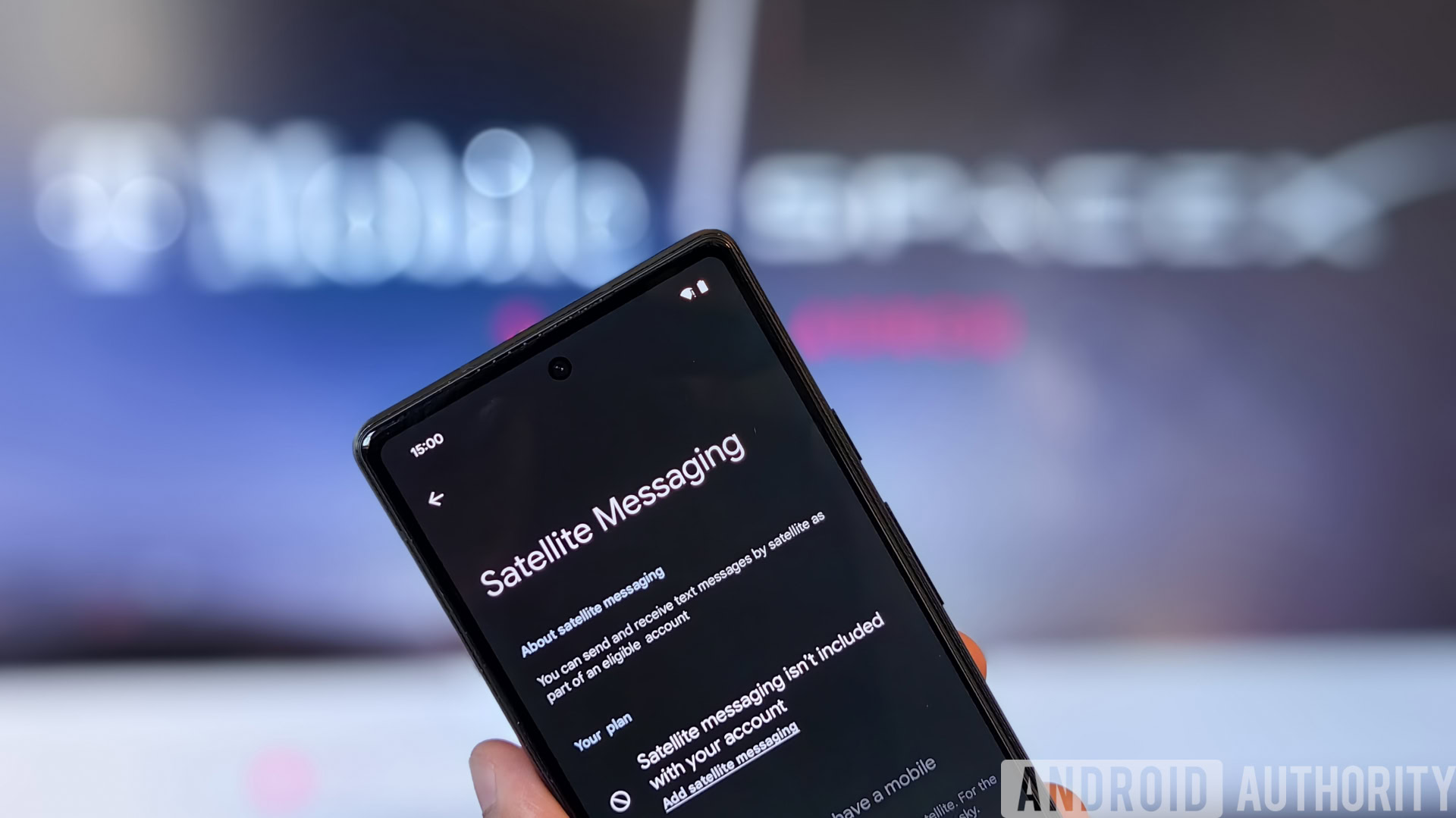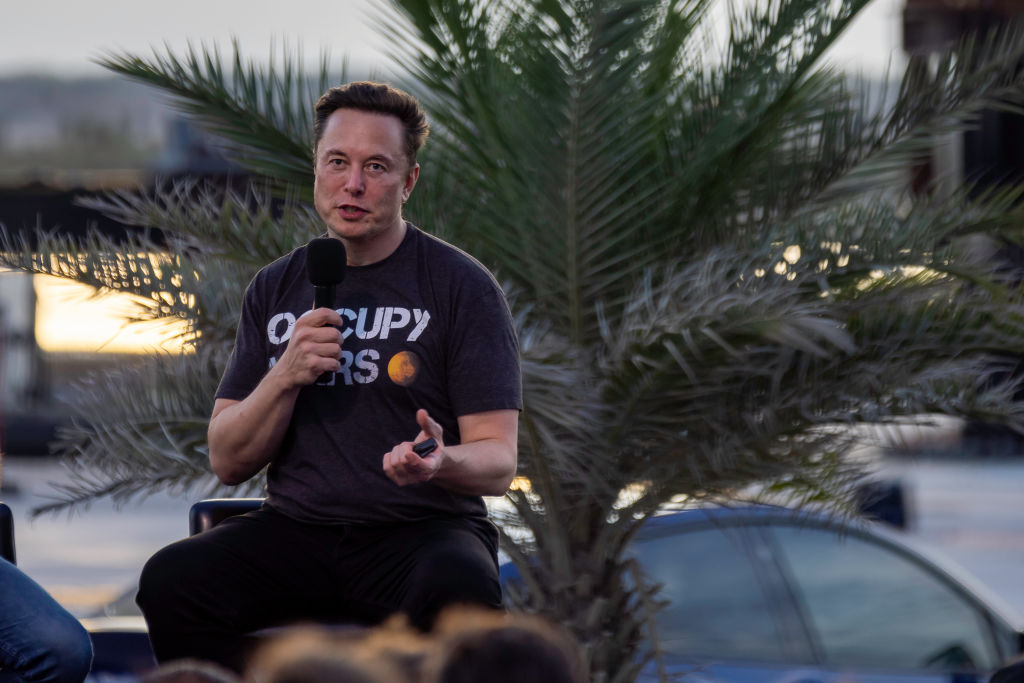
SpaceX, the aerospace manufacturer and satellite company founded by Elon Musk, recently achieved a significant milestone in its Starlink project: the first successful video call using Direct to Cell satellites. The call was made between two SpaceX employees using unmodified mobile phones.
Direct to Cell is SpaceX's ambitious plan to bring cell coverage for the entire planet, targeting faraway places that typically have no signal. This technology uses phased array antennas, advanced software, and more to achieve a breakthrough in delivering LTE cell signals directly from satellites without the need for traditional terrestrial infrastructure.
SpaceX has partnered with T-Mobile in Canada and the US to bring Direct to Cell services to customers. In February 2024, SpaceX tested Direct to Cell by sending and receiving text messages using T-Mobile network spectrum. Now, they have successfully demonstrated video calls as well.
The first successful video call on X was announced on May 21, 2024. The call took place between two SpaceX employees using unmodified mobile phones connected to the Direct to Cell satellites. This achievement marks a significant step forward in SpaceX's goal of providing global cell coverage and bridging the digital divide for people living in remote areas with limited or no connectivity.
SpaceX plans to continue testing and expanding its Direct to Cell services throughout 2024, with voice, data, and IoT services expected by 2025. The company aims to provide a complete satellite-based cellular solution for customers in rural areas and other locations where traditional terrestrial infrastructure is not available or reliable.
This breakthrough comes as SpaceX continues to make strides in the satellite industry, including launching thousands of Starlink satellites into low Earth orbit and providing satellite internet services to millions of customers worldwide. The company's Direct to Cell technology has the potential to revolutionize the way we communicate and connect with each other, regardless of our location.



